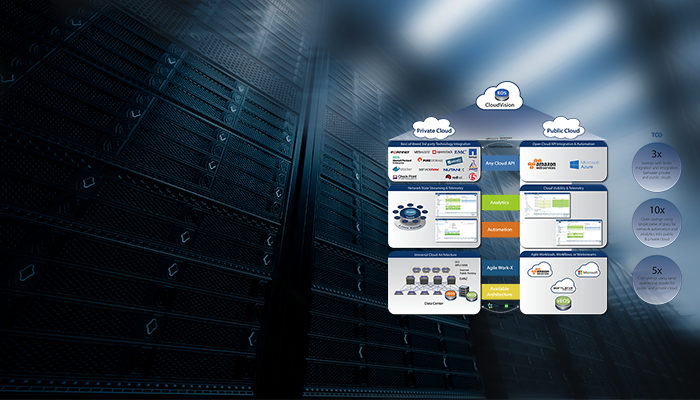Curaçao and Djibouti – two new Cloudflare datacenters located where undersea cables meet

Cloudflare has just turned up two new datacenters (numbers 108 and 109). Both are around halfway between the Tropic of Cancer and the Equator. They are located continents-apart, yet share something very-much in common as both of these new data centers are deployed and associated with where undersea cables reach land. Undersea cables have been and still are a growing part of the interconnected world that the Internet represents.
Curaçao, part of the Netherland Antilles in the Caribbean
 CC-BY 2.0 image by Nelo Hotsuma
CC-BY 2.0 image by Nelo Hotsuma
Curaçao is located in the Southern Caribbean Sea (just north of Venezuela) and has a strong Dutch heritage. Along with Aruba and Bonaire, Curaçao is part of the Lesser Antilles (they are called the ABC islands).
More importantly, Willemstad - the capital of Curaçao is where the Amsterdam Internet Exchange operates AMS-IX Caribbean. Why AMS-IX? Because of that Dutch relationship!
It’s AMS-IX’s goal (along with its local partners) to promote Curaçao as an interconnection location for the Caribbean. Cloudflare is there with all its services ready for that day!
Djibouti on the horn of Africa
Djibouti is a country of around 850,000 people with ~60% of the population living in the nation's capital, also Continue reading
Swisscom Builds OpenStack Cloud Possibilities with Red Hat
 A new case study discusses how Swisscom chose Red Hat to gain enterprise-ready open source technology and access to extensive guidance.
A new case study discusses how Swisscom chose Red Hat to gain enterprise-ready open source technology and access to extensive guidance.
Managing the Cloud Network: CPM or APM?
We all know the future of enterprises is in flux with the consolidation or demise of Avaya/Nortel, Brocade/Foundry, Force 10, H3C and BNT assets. This speaks to the major trend of enterprise applications migrating to the cloud, any cloud be it public, private or hybrid. As this rapid transition prevails with efficiencies and scale, traditional applications and tools cannot meet the needs of exponential cloud growth.
Enterprise Data Storage Shopping Tips
The storage market is changing fast. Here's some guidance for navigating it.
